Fabián Escalante, retired Major General and former Vice Minister in the Interior Ministry, has an extensive collection of plots that were made to end the life of the Cuban leader.
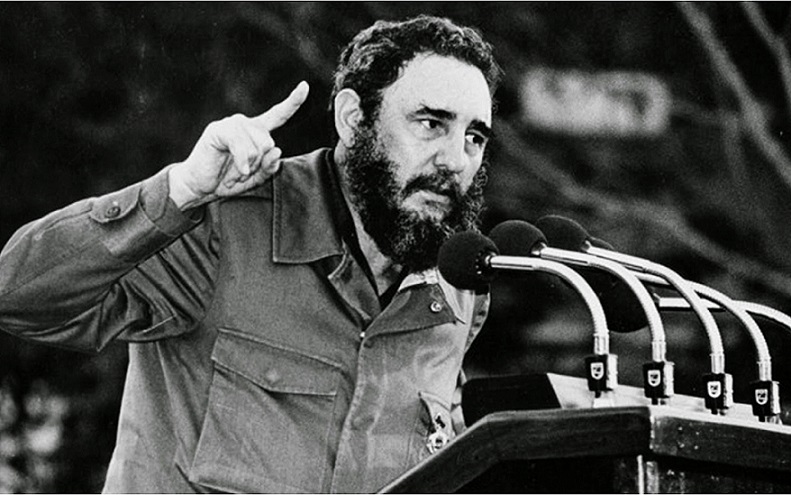
Danay Galletti Hernández
Between 1958 and 2000, a total of 634 were carried out.
Of those, the specialist picked out 167 that had the means, disposition and the greatest plan; others even emerged from television programmes such as Cita con Cuba (Date with Cuba), from La Voz de las Americas (The Voice of the Americas) through the so-called Operation Botin, consisting of delivering rewards for killing different leaders. In statements exclusively to this journalist, he recognised AM/LASH as one of the most exhaustive operations, headed up by the former commander Rolando Cubela Secades, an agent of the Central Intelligence Agency (CIA), and collaborators from various sources.
This group planned the assassination of Fidel from 1961 until Cubela’s capture five years later, in February 1966, using “poison, bullets and the famous pencil with a very sharp point with which he tried to inoculate him with a deadly substance during a function in El Cacahual on 7 December 1965”.
During that first decade, many of the youths close to the leader and linked to his protection were in their early twenties, with barely any training, and “it was a period where they did not sleep and they had many dicey situations”, Escalante said.
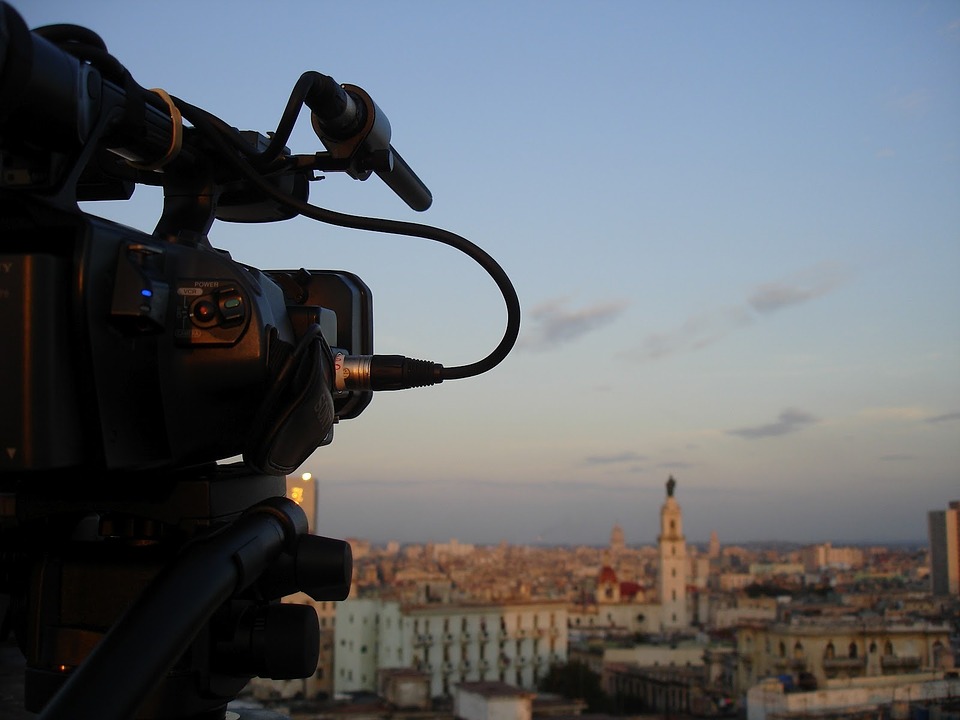 Unreasonable plans
Unreasonable plans
Escalante, founder of the Cuban security services and head of the State Security Department (DSE) from 1976 to 1996, states that the numerous assassination attempts against Fidel Castro started when he was very young, while he was studying at the University of Havana.
During those years, an individual from the underworld, who was associated with the government of Carlos Prio Socarras (1948-1952), tried to silence the young man’s voice and his position against the prevailing corruption in almost all branches of the administration under the government of the (Authentic) Cuban Revolutionary Party. After this, Fidel took part in numerous meetings with young people, among them, the Latin American Congress of Students, based in Colombia, and concurrent with the 9th Pan-American Conference, during which the Charter of the Organisation of American States was signed.
For this reason, the participants tried, from an anti-imperialist position, to demand the return of the Panama Canal and the Falklands Islands, the Independence of Puerto Rico and to protest against the dictatorship of Rafael Leonidas Trujillo, in the Dominican Republic.
Fidel even held a meeting with Jorge Eliecer Gaitán, the popular leader of the Liberal Party in Colombia, who stepped up as a candidate for the presidency of the South American nation, and was assassinated on 9 April 1948, following two shots along several metres of the Avenida Jimenez in Bogota.
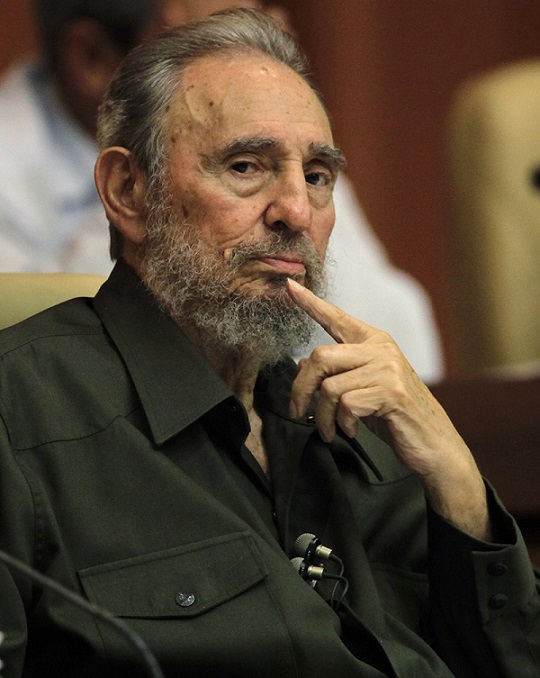
Fidel Castro later became one of the assailants on the Moncada Barracks, the hero of his own self-defence speech, “with the critical elements to propel the later process and the causes behind the tentative attempts to eliminate him by the United States and the native and continental bourgeoisie”.
Moral shield
The plot organised by the United States government and the Federal Bureau of Investigations, the military police of dictator Fulgencio Batista in 1958 and led by Alan Robert Nye, after an “elemental and rustic” plan, put an unstoppable process in motion.
“Captured by a Rebel Army advance, what this man least imagined was the triumph of the Revolution, a few days later, thanks to the uncommon pressure put on the Eastern zone and the city of Santa Clara. Then he was expelled from the country to avoid a conflict with Washington,” Escalante explains.
In a memo from 2 December 1959, Colonel J.C. King, head of the Eastern Hemisphere Division of the CIA, exposed the need to kill Fidel because “none of the other revolutionary leaders were as appealing and hypnotic to the masses”.
The attempts on the Commander in Chief incorporated this intelligence agency, the mafia (which owned great swathes of the island) and the bourgeoisie, landowners and plantation owners upset by the social measures applied after 1 January 1959. This same year several “crazy and desperate” attempts to finish him off took place, among them one organised by the hired killer and paramilitary army chief, Rolando Masferrer Rojas, who contracted two or three henchmen to shoot him as he left the Presidential Palace.
He also participated in the tripartite Cuban-Soviet-US meetings about the October Crisis and explained that, in 1960, before Fidel’s arrival at the head of the delegation for the 15th General Assembly of the United Nations, they had several meetings and “hare-brained” plans.
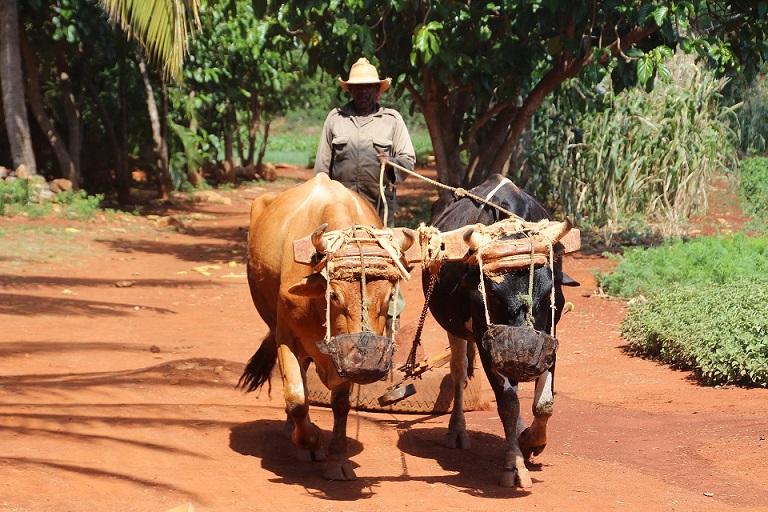 Among those implicated was the first mafia chief in California, Samuel Mooney Giancana and Manuel Antonio de Varona, former prime minister of the island during Carlos Prio Socarras’ government, who, in conjunction with experts from the CIA laboratories, devised the creation of powders and poisons.
Among those implicated was the first mafia chief in California, Samuel Mooney Giancana and Manuel Antonio de Varona, former prime minister of the island during Carlos Prio Socarras’ government, who, in conjunction with experts from the CIA laboratories, devised the creation of powders and poisons.
One of those projects consisted of dispersing LSD, a substance with psychotropic effects, in a radio studio where Fidel was speaking “to give him a fit of giggles, so he could not express himself and he would lose credibility in front of the population”. Another was the placement of thallium sulphate in his boots so that his beard would fall out.
He added that they even managed to speak to the chief of his New York police escort to put a box of tobacco in his bedroom with an explosive; then the famous poisoned pills came up, two different types that were distributed in different places, such as the Habana Libre Hotel.
“There worked a food worker, José Santos de la Caridad Pérez Núñez, who had an envelope with the first lot of capsules with botulinum toxin to reach Cuba. He kept them in his locker and when it was his turn to work, he put them in the freezer to await the earliest opportunity,” he says.
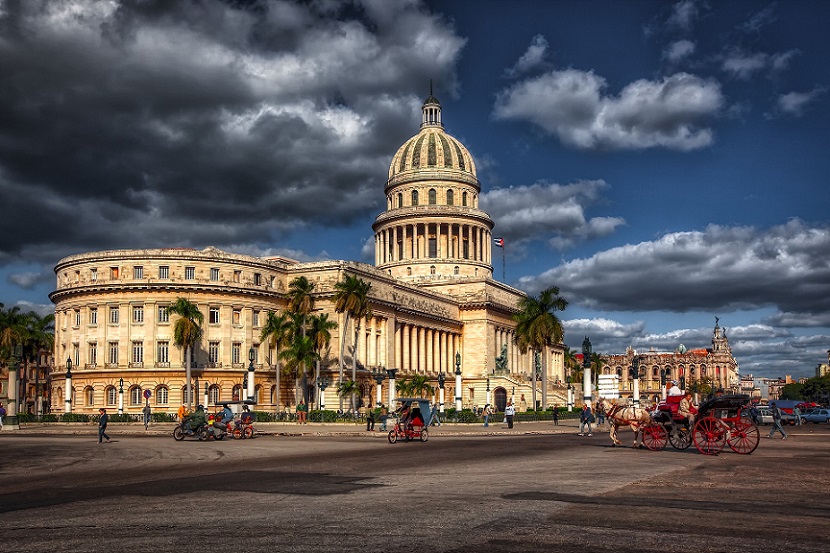 One day, Fidel came to the hotel cafeteria at about four in the morning and asked for a chocolate milkshake, but when Pérez Núñez tried to grab the nylon bag with the substance in, it got stuck to the ice; as a result, the leader calmly drank his milkshake and left. Escalante said: “you might ask me how he went through all these plots and assassination attempts for decades. Do you think that this was the focus of his concern? No. This image of him on the plane when he opens his shirt and says he has a moral vest on, this is Fidel”.
One day, Fidel came to the hotel cafeteria at about four in the morning and asked for a chocolate milkshake, but when Pérez Núñez tried to grab the nylon bag with the substance in, it got stuck to the ice; as a result, the leader calmly drank his milkshake and left. Escalante said: “you might ask me how he went through all these plots and assassination attempts for decades. Do you think that this was the focus of his concern? No. This image of him on the plane when he opens his shirt and says he has a moral vest on, this is Fidel”.
(Translated by Donna Davison – Email: donna_davison@hotmail.com) – Photos: Pxabay












.jpg)












